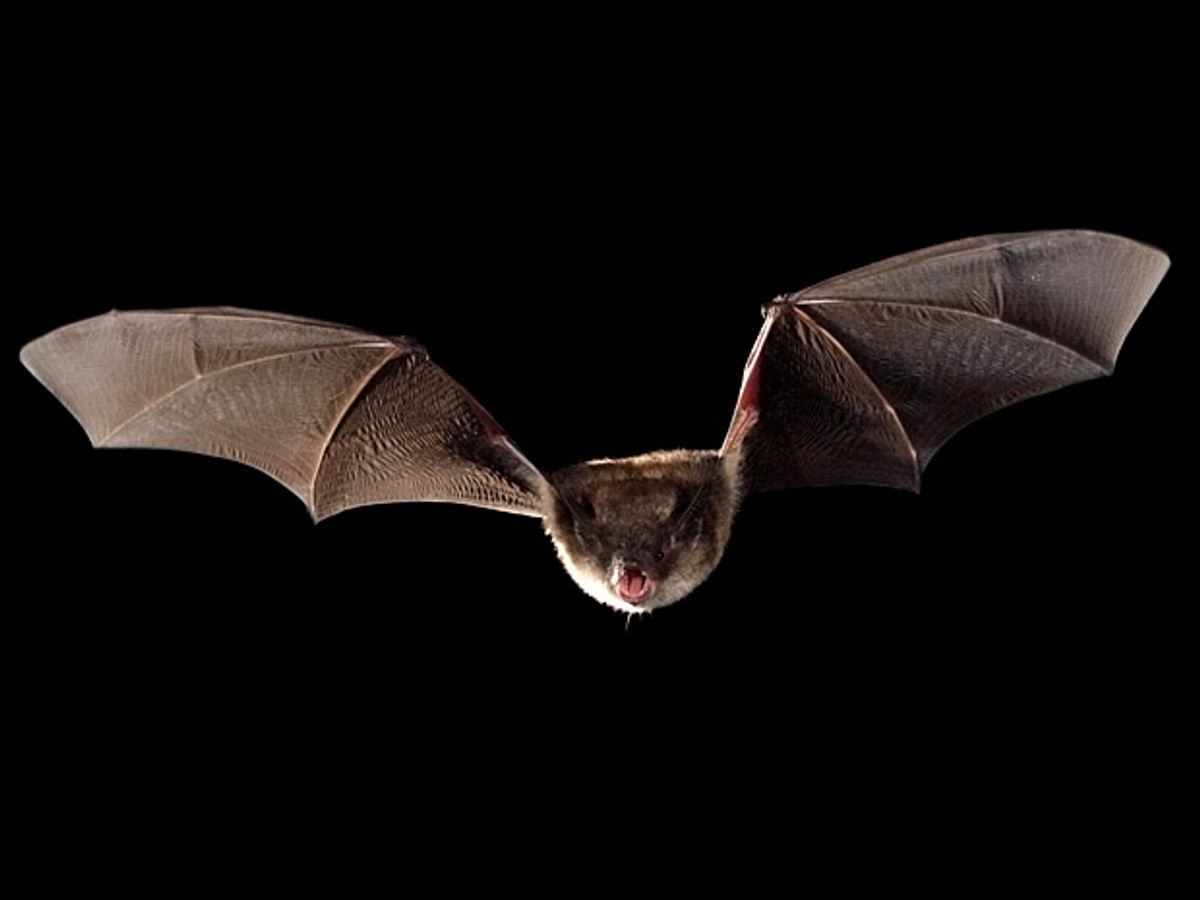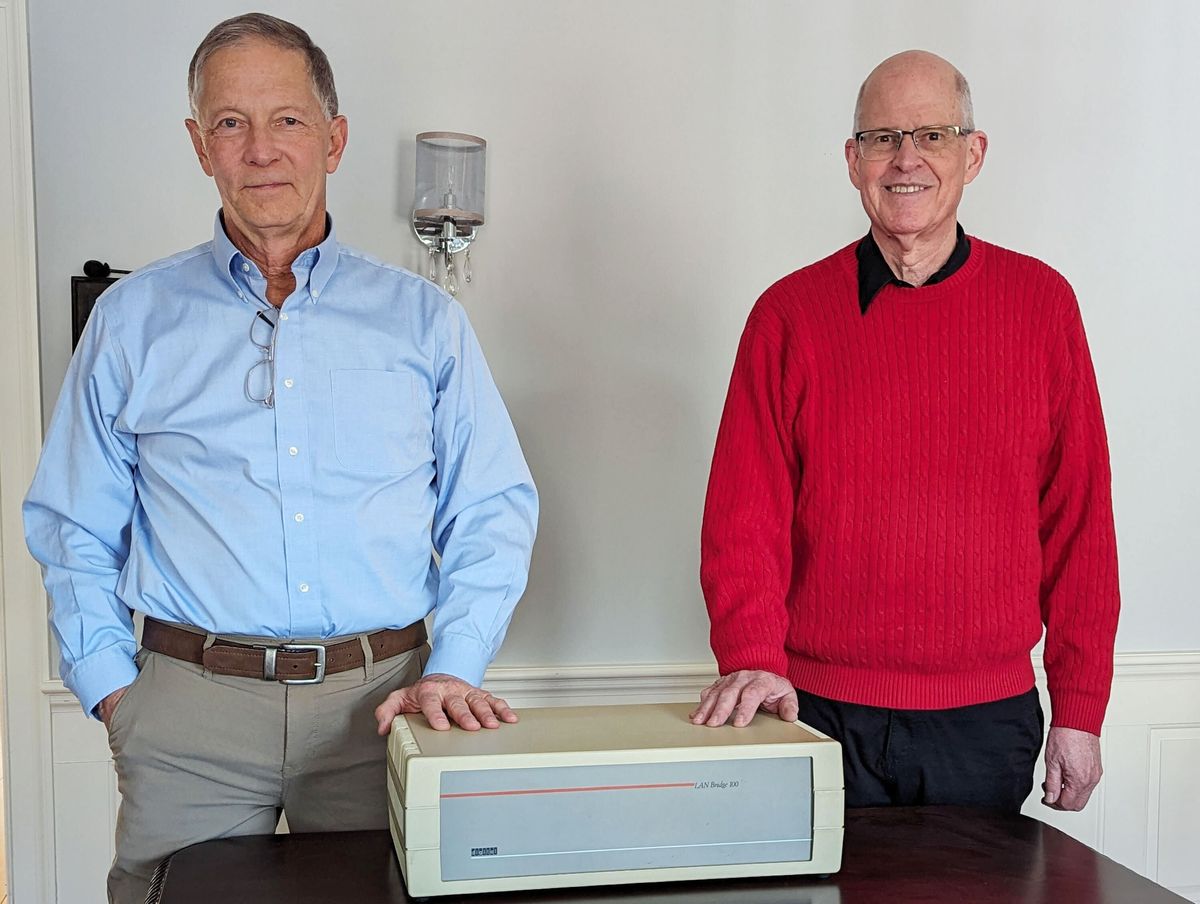Last year, IEEE Spectrum profiled an ultrasonic alert for wind farm operators designed to let them know when bats are nearing their turbines. The potentially bat-saving technology can't be ready soon enough according to this week's issue of the journal Bioscience. University of Colorado ecologist Mark Hayes estimates that at least 600 000 and possibly more than 900 000 bats were killed by wind turbines last year in the U.S.
Hayes' report is a statistical reassessment of data on bat carcasses found at wind turbine sites. His figure lends credence to a March 2013 mortality estimate of 880 000 deaths per year by Sacramento-based ornithologist and consultant Shawn Smallwood. That figure was well beyond previous estimates, which had ranged as low as 33 000. "My estimates, using different methods and data, bracket Smallwood's 888 000 estimate," writes Hayes in an e-mail to Spectrum.
He says his own estimates are likely conservative. That's because he plugged in the lower figure for mortality at given turbine sites when those were reported as a range, and his estimate focuses only on migratory periods of the year.
Turbines are not the biggest problem facing bats, which are being decimated by White-nose Syndrome. Last year, the U.S. Fish and Wildlife Service estimated that the fungal disease had killed at least 5.7 to 6.7 million bats in 16 U.S. states and four Canadian provinces.
But while the White-nose mortality figure is cumulative—representing the total number of bats felled since the fungus was first recognized in 2006—Hayes' figure suggests that turbines kill over half a million bats each year.
The system profiled by Spectrum last year aims to give wind farm operators the ability to ramp down turbines in order to protect bats—especially the most highly-endangered species. The acoustic system is designed to detect bat calls, identify the species, and then combine that information with meteorological data to determine the risk of bat collisions and, if appropriate, automatically idle nearby turbines.
No word yet from the Electric Power Research Institute on results from field tests of the system at wind farms in Wisconsin. But this April, Bedford, NH-based Normandeau Associates, the firm behind the technology, vowed to
have it commercially available
finish testing the system by next year.
Photo: Edward Kinsman/Getty Images
Editor's note: We were contacted on 19 Nov, 2013 with this note from Normandeau: The Normandeau website should have said that “The efficacy of the Bat Detection and Shutdown System will be tested in 2014.” We've updated the last sentence accordingly.
The Bat Detection Shutdown System will assist in minimizing bat mortality and complying with state and federal regulations.
Normandeau's Christine Sutter, technical director and bat team lead, describes how the system will work, "The Bat Detection Shutdown System receives near real-time data streams of bat acoustic activity and atmospheric conditions, which are fed into a species-specific, predictive mortality model." The model predicts risk levels that are then transmitted to the SCADA system in time to modify turbine operation to minimize risk.
Normandeau is coordinating with Vestas Wind Systems, manufacturer of the turbines, to ensure full integration between the SCADA and Bat Detection Shutdown systems.
"Ideally," adds Sutter, "this approach will allow wind energy facilities to operate at normal capacity with limited, targeted modifications, thus minimizing power generation loss while reducing bat mortality."
The Bat Detection Shutdown System is expected to be available in 2014.
- See more at: https://www.normandeau.com/pages/news/index.asp?NR_ID=183#sthash.sMSZ75mg.dpuf
The Bat Detection Shutdown System will assist in minimizing bat mortality and complying with state and federal regulations.
Normandeau's Christine Sutter, technical director and bat team lead, describes how the system will work, "The Bat Detection Shutdown System receives near real-time data streams of bat acoustic activity and atmospheric conditions, which are fed into a species-specific, predictive mortality model." The model predicts risk levels that are then transmitted to the SCADA system in time to modify turbine operation to minimize risk.
Normandeau is coordinating with Vestas Wind Systems, manufacturer of the turbines, to ensure full integration between the SCADA and Bat Detection Shutdown systems.
"Ideally," adds Sutter, "this approach will allow wind energy facilities to operate at normal capacity with limited, targeted modifications, thus minimizing power generation loss while reducing bat mortality."
The Bat Detection Shutdown System is expected to be available in 2014.
- See more at: https://www.normandeau.com/pages/news/index.asp?NR_ID=183#sthash.sMSZ75mg.dpuf
Peter Fairley has been tracking energy technologies and their environmental implications globally for over two decades, charting engineering and policy innovations that could slash dependence on fossil fuels and the political forces fighting them. He has been a Contributing Editor with IEEE Spectrum since 2003.


